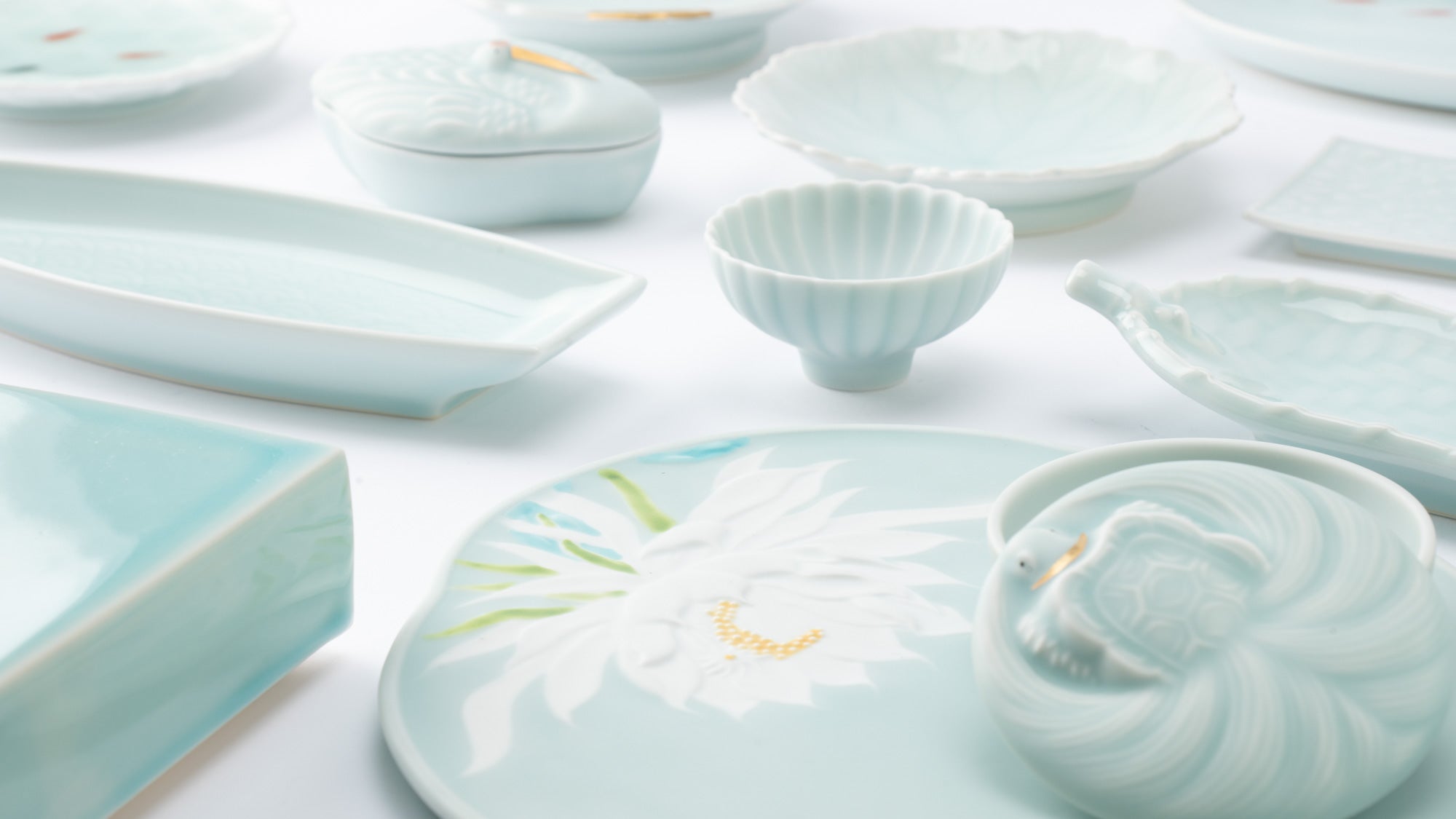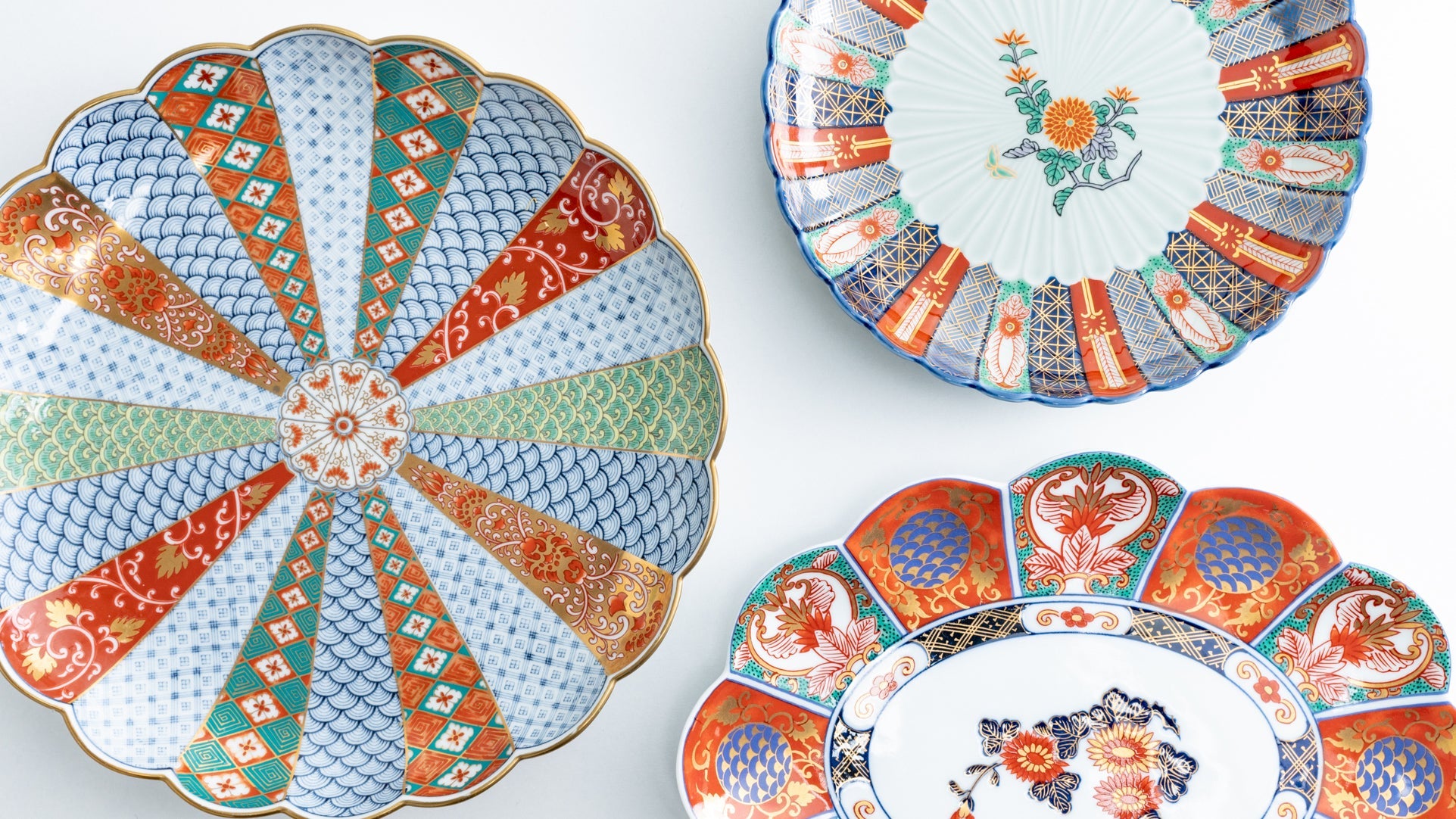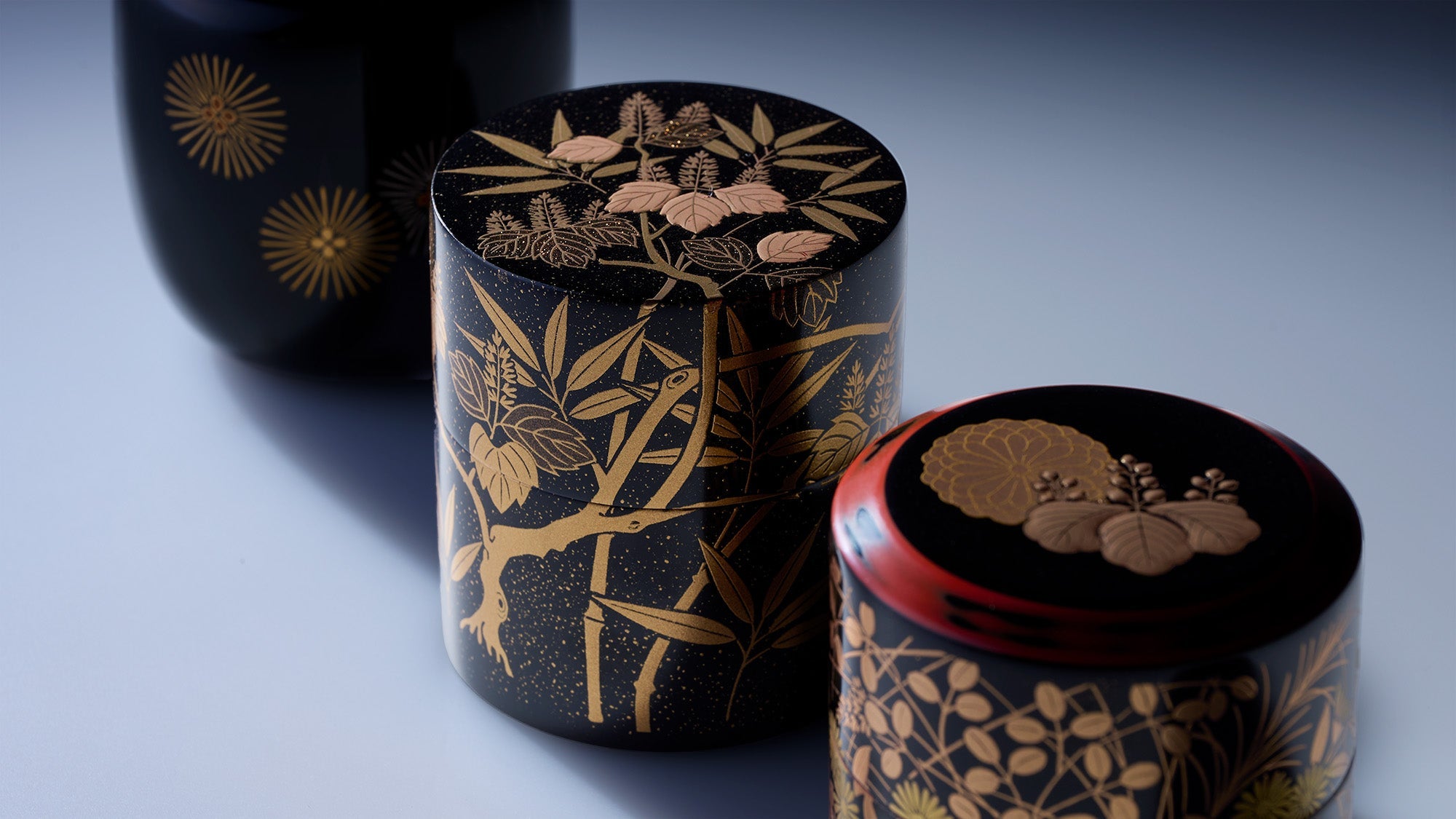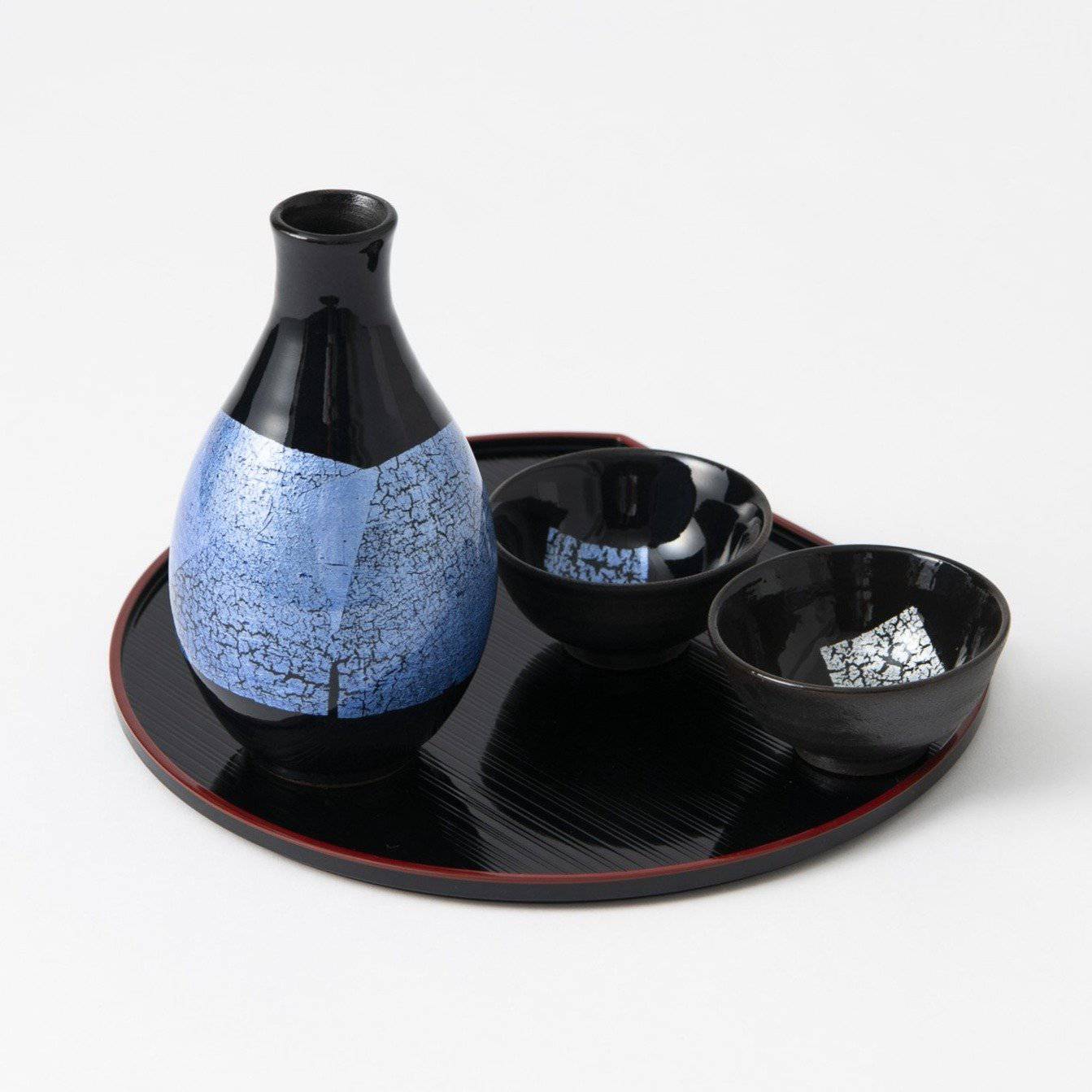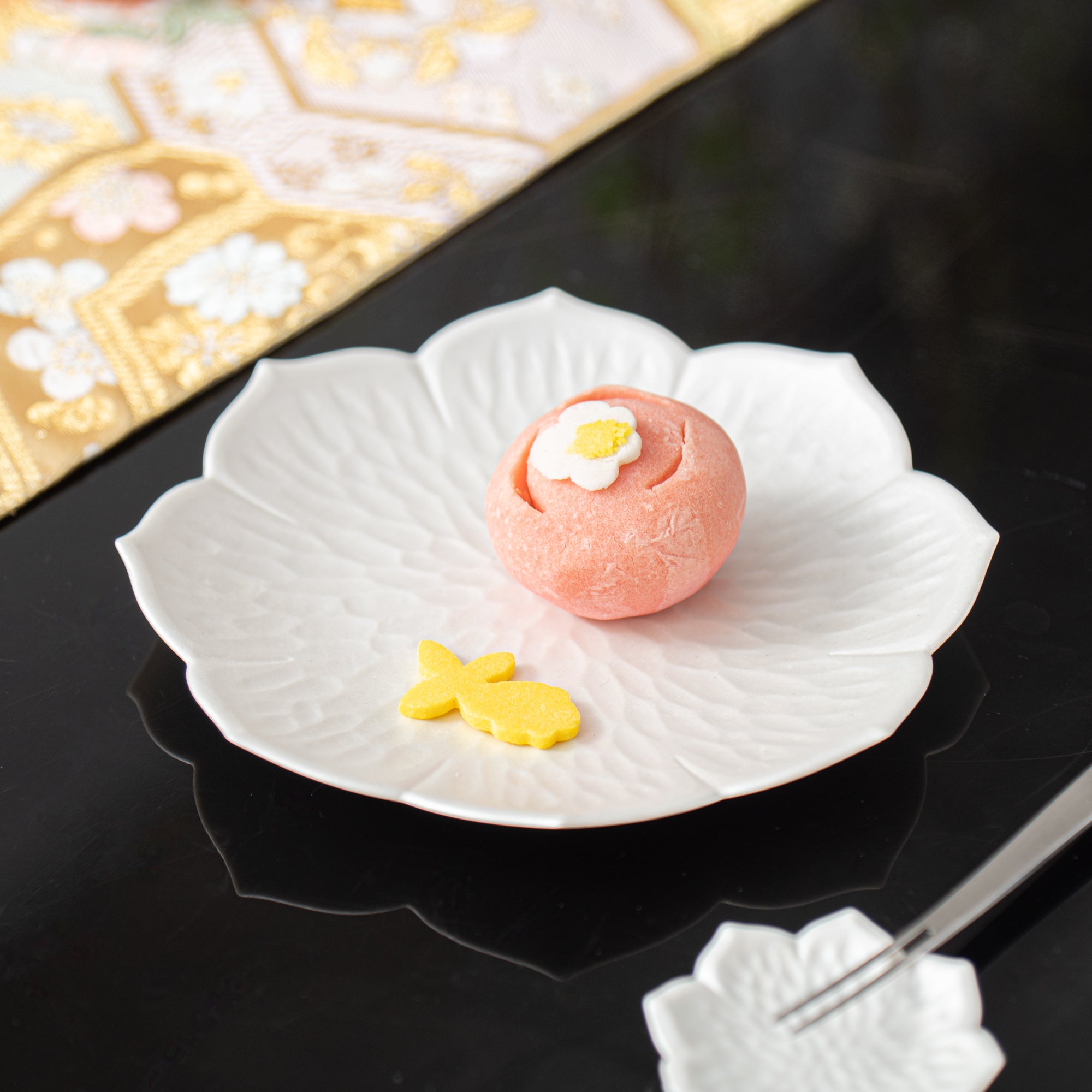
Ginsai
Ginsai refers to techniques used to apply silver leaf or silver paint to ceramics. Both terms also refer to the works produced by these techniques. Silver leaf or paint is applied over the ceramics’ glaze or overglaze decoration and then fired at a lower temperature than the overglaze itself.
Silver slowly oxidizes if left in contact with air, resulting in elegantly subdued tones. In contrast with gold’s dazzling presence, gleaming silver exhibits graceful beauty.
Filters
Ginsai Crane Japanese Flower Vase
Sale price$391.00 USD
Ginsai Camellia Japanese Flower Vase
Sale price$63.00 USD
Ginsai Camellia Sake Set
Sale price$125.00 USD
Ginsai Camellia Japanese Teapot
Sale price$75.00 USD
Ginsai Blue Sake Set with Tray
Sale price$281.00 USD
Ginsai Lapis Blue Seigaiha Wave Sake Set
Sale price$146.00 USD
Ginsai Hibiki Japanese Flower Vase
Sale price$188.00 USD
Ginsai Five-Color Ochoko Sake Cup Set
Sale price$188.00 USD
Ginsai Three Colors Japanese Tea Set
Sale price$160.00 USD
Ginsai Balloon Flower Side Plate
Sale price$57.00 USD
Ginsai Blue Camellia Japanese Teapot
Sale price$110.00 USD
Ginsai Cranes Japanese Flower Vase with Stand
Sale price$235.00 USD
Ginsai Chopstick Rest
Sale price$35.00 USD
Ginsai Ochoko Sake Cup
Sale price$55.00 USD





